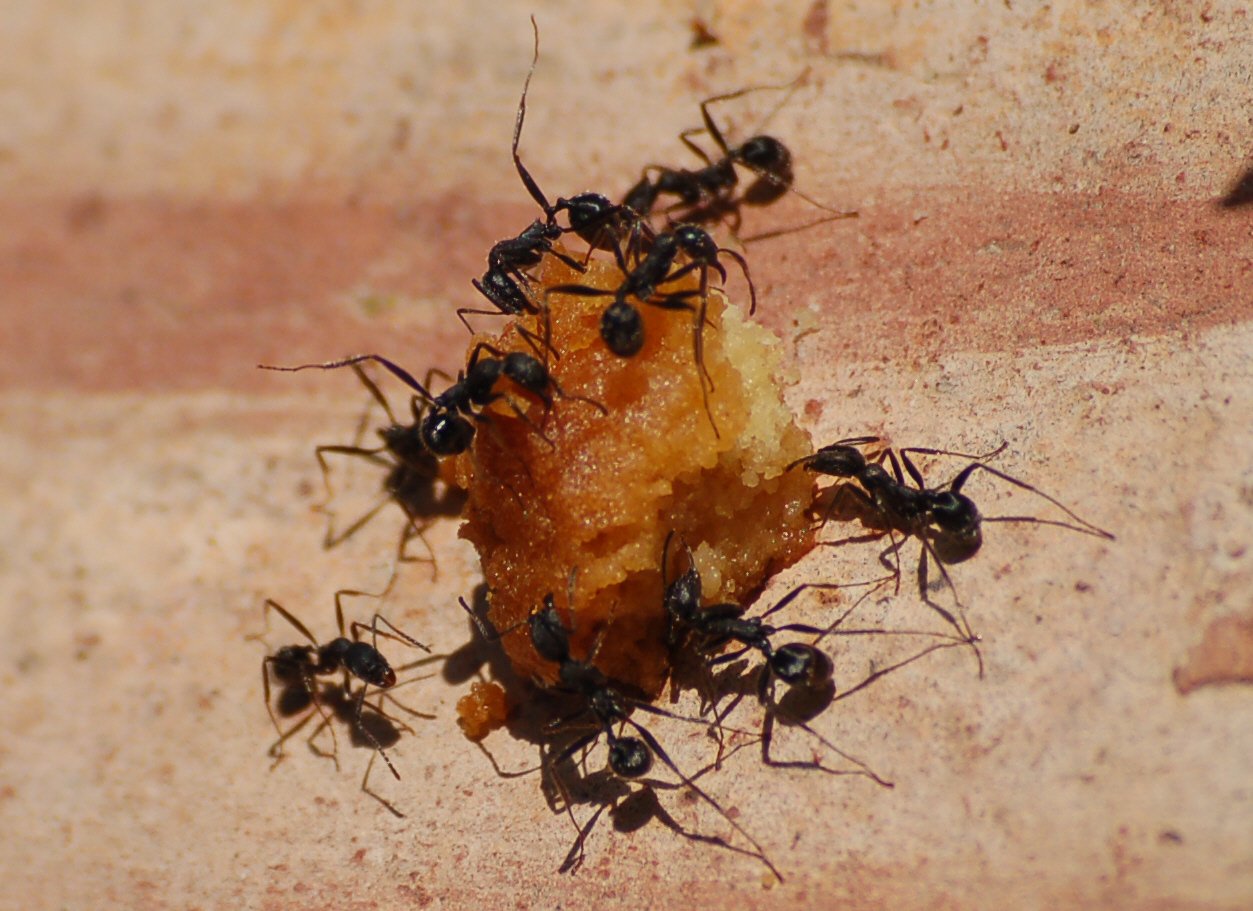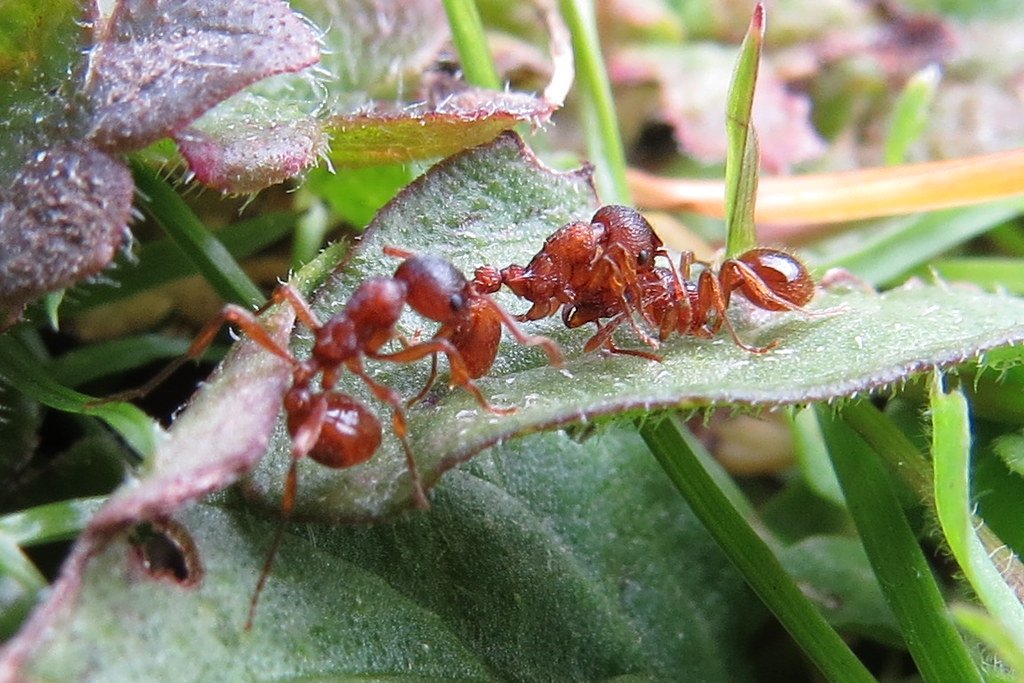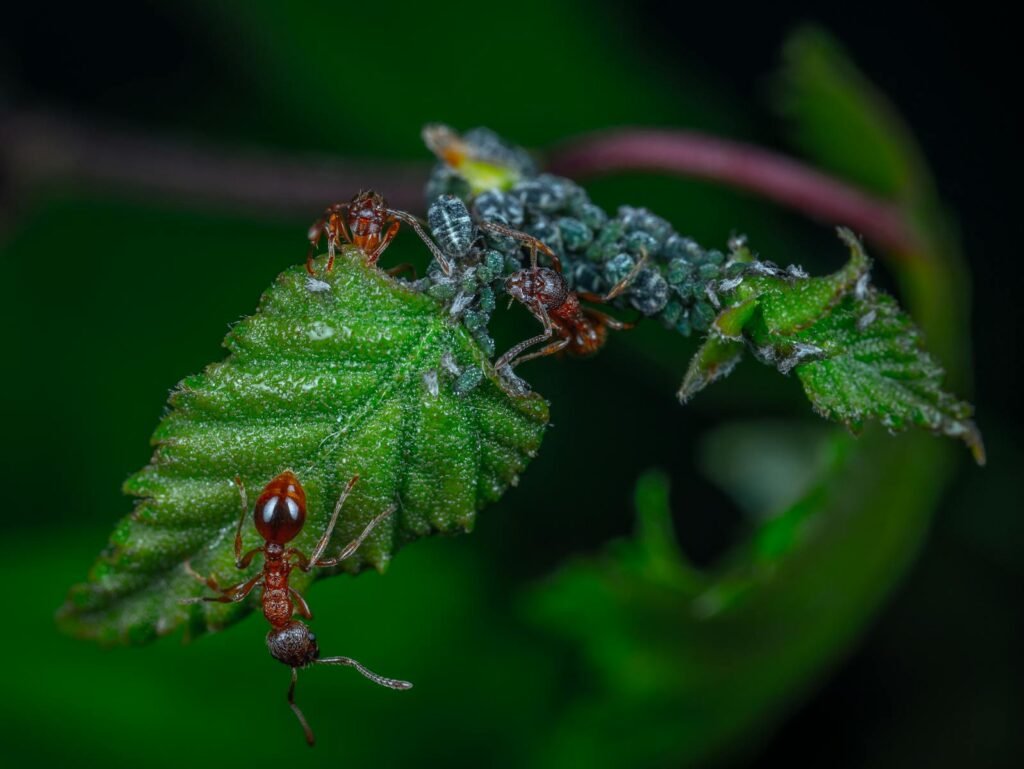Imagine watching thousands of tiny creatures spontaneously linking their bodies together to create a perfectly engineered bridge across a rushing stream. No blueprints, no foreman shouting orders, just pure biological genius unfolding before your eyes. This isn’t science fiction – it’s the daily reality of army ants, whose ability to form living architecture makes our greatest engineering feats look like child’s play. But here’s the thing that’ll blow your mind: the bridge-building is just the beginning of their incredible story.
The Masters of Self-Assembly

Army ants don’t just build bridges – they become them. When these remarkable insects encounter a gap that’s too wide to cross individually, they don’t hesitate or deliberate. Within minutes, worker ants begin interlocking their legs and mandibles, creating a living carpet of bodies that can span impressive distances.
The process looks chaotic at first glance, but there’s sophisticated engineering at work. Each ant instinctively knows exactly where to position itself, guided by chemical signals and physical cues that would make any construction crew jealous. The resulting structure can support weights many times heavier than the individual ants themselves.
What’s truly remarkable is that these living bridges aren’t static structures. They constantly adjust and reorganize as conditions change, making them more dynamic than any human-built bridge could ever be.
The Physics Behind the Phenomenon

The secret to ant bridge construction lies in their incredible grip strength and flexible body design. Each ant can hold onto its neighbors with a force that’s roughly 50 times its own body weight. This means a single ant could theoretically hang from a ceiling while supporting 49 of its sisters.
Their tarsal claws work like microscopic grappling hooks, while their mandibles can lock onto other ants with precision that would make a Swiss watchmaker weep with envy. The mathematical precision of their formations follows principles that engineers are only beginning to understand.
Scientists have discovered that the ants automatically adjust the width and length of their bridges based on the gap they’re crossing, creating structures that are neither wastefully over-engineered nor dangerously inadequate.
Chemical Communication: The Invisible Orchestra

Behind every successful ant bridge lies an invisible symphony of chemical signals. Pheromones act as the conductor’s baton, coordinating the movements of thousands of individuals without a single spoken word. These chemical messages are so precise they can communicate complex architectural instructions.
When an ant finds a suitable crossing point, it releases specific pheromones that essentially say “bridge needed here.” Other ants detect these signals and respond accordingly, with some becoming bridge components while others continue their original tasks.
The chemical communication system is so sophisticated that it can even convey structural engineering information, telling ants whether they need to reinforce certain sections or adjust the bridge’s angle for optimal efficiency.
Speed That Defies Belief

If you blink, you might miss the incredible speed at which ant bridges form. In laboratory studies, army ants have been observed creating functional bridges in less than 60 seconds. That’s faster than most humans can tie their shoes, yet these insects are constructing complex three-dimensional structures.
The speed comes from their parallel processing approach – thousands of ants work simultaneously rather than sequentially. It’s like having a construction crew where every worker knows exactly what to do without needing instructions.
This rapid deployment gives army ants a massive advantage in their nomadic lifestyle, allowing them to quickly overcome obstacles that would stop other insects in their tracks.
The Cost of Being Architecture

Being a living bridge isn’t exactly a comfortable job. The ants that form these structures sacrifice their mobility and energy for the greater good of the colony. They can remain locked in position for hours, supporting the weight of their sisters while enduring physical stress that would be unimaginable for larger creatures.
Research has shown that bridge-forming ants experience significant physiological strain, yet they rarely abandon their posts voluntarily. Their commitment to the collective mission overrides individual comfort in ways that challenge our understanding of animal behavior.
The metabolic cost is substantial too – these ants burn through energy reserves much faster than their mobile counterparts, making their sacrifice even more remarkable.
Self-Healing Structures

Perhaps the most mind-blowing aspect of ant bridges is their ability to self-repair. When part of a bridge breaks or gets damaged, the remaining ants automatically redistribute the load and fill in the gaps. It’s like having a building that fixes itself when cracks appear.
This self-healing property emerges from the individual behavior of each ant, which constantly monitors the structural integrity of its immediate surroundings. When stress levels exceed safe limits, neighboring ants adjust their positions to compensate.
The result is a structure that’s more resilient than traditional engineering materials, capable of maintaining function even when significant portions are compromised.
Traffic Management Without Traffic Lights

Ant bridges don’t just provide a crossing – they manage traffic flow with efficiency that would make urban planners jealous. The ants somehow organize themselves to create dedicated lanes for different types of traffic, preventing bottlenecks and collisions.
Heavily laden workers carrying food get priority lanes, while lighter scouts and soldiers use separate pathways. This segregation happens automatically, without any central authority directing traffic.
The system is so effective that traffic jams are virtually unknown in ant colonies, despite thousands of individuals using the same bridge simultaneously.
Beyond Bridges: The Full Architectural Arsenal

Bridges are just one tool in the ant’s architectural toolkit. These remarkable insects also create living ladders, protective barriers, and even temporary shelters using their own bodies. Each structure serves a specific purpose in the colony’s survival strategy.
Living ladders allow ants to scale vertical surfaces that would otherwise be impossible to climb. These structures can extend several times the length of an individual ant, creating access to food sources and nesting sites.
Protective barriers form when the colony faces threats, with soldiers linking together to create defensive walls that can withstand attacks from much larger predators.
The Role of Sacrifice in Success

The willingness of individual ants to become structural components reveals something profound about collective intelligence. These insects have evolved to prioritize colony success over individual welfare to a degree that seems almost alien to human observers.
This sacrifice isn’t random – certain ants are more likely to become bridge components based on their age, size, and current energy levels. The colony optimizes its human resources with ruthless efficiency.
Yet this apparent selflessness serves each ant’s genetic interests, as the success of the colony ensures the survival of shared genes. It’s altruism with a biological twist.
Learning from the Masters

Engineers and roboticists are studying ant bridge construction to develop new technologies. The principles these insects use could revolutionize everything from emergency rescue equipment to space exploration robotics.
Self-assembling robots inspired by ant behavior could construct temporary bridges in disaster zones or create structures on other planets where human construction crews can’t operate.
The efficiency of ant communication systems also offers insights for improving coordination in swarm robotics and distributed computing systems.
The Evolutionary Advantage

The ability to form living bridges didn’t evolve overnight. This remarkable behavior represents millions of years of natural selection, favoring colonies that could overcome obstacles more effectively than their competitors.
Army ants’ nomadic lifestyle puts them in constant contact with terrain challenges that would stop other insects. Their architectural abilities allow them to exploit food sources and nesting sites that remain inaccessible to other species.
This evolutionary advantage has made army ants some of the most successful predators in tropical ecosystems, despite their relatively small individual size.
Size Matters: The Mathematics of Ant Architecture

The effectiveness of ant bridges depends heavily on the size relationship between individual ants and the gaps they’re crossing. Smaller ants can create more flexible structures, while larger ants provide greater load-bearing capacity.
Different ant species have evolved various approaches to bridge construction based on their typical body size and the challenges they face in their environments. Some species specialize in wide, stable bridges, while others create narrow, flexible crossing points.
The mathematics of these structures follow scaling laws that determine how many ants are needed for bridges of different lengths and load requirements.
Environmental Adaptations

Ant bridge construction varies significantly based on environmental conditions. Rain, wind, and temperature all influence how these structures form and function. The ants adjust their techniques accordingly, demonstrating remarkable behavioral flexibility.
In windy conditions, bridges become lower and wider to reduce wind resistance. During rain, ants create more tightly interlocked structures to prevent water from washing away key structural components.
Temperature affects the speed of bridge formation, with warmer conditions generally leading to faster construction but potentially less stable structures.
The Social Hierarchy in Action

Not all ants are created equal when it comes to bridge construction. The colony’s social structure influences which individuals become structural components and which continue with other tasks.
Older worker ants are more likely to become bridge components, while younger, more energetic individuals typically continue foraging and other mobile activities. This age-based division of labor maximizes the colony’s overall efficiency.
Soldier ants rarely participate in bridge construction unless the colony faces immediate threats, preserving their strength for defensive purposes.
The Limits of Living Architecture

Even ant bridges have their limitations. There are maximum spans that can’t be crossed, maximum loads that can’t be supported, and environmental conditions that make bridge construction impossible.
Strong currents can overwhelm even the most well-constructed ant bridge, forcing colonies to find alternative crossing points or wait for better conditions.
The availability of bridge-building ants also limits construction. If too many workers are already committed to other tasks, the colony might not have enough individuals to create an effective bridge.
Implications for Human Society

The study of ant bridges offers profound insights into cooperation, sacrifice, and collective problem-solving. These insects demonstrate that incredible achievements are possible when individuals work together toward common goals.
Their success challenges our assumptions about leadership and organization, showing that effective coordination can emerge from simple rules followed by many individuals rather than complex hierarchical management.
The ants’ willingness to sacrifice individual comfort for collective success also raises questions about the balance between self-interest and group welfare in human societies.
The Future of Ant Architecture Research

Scientists are just beginning to understand the full complexity of ant bridge construction. New technologies like high-speed cameras and advanced computer modeling are revealing previously hidden aspects of these remarkable structures.
Future research might uncover additional architectural behaviors or reveal new applications for ant-inspired engineering. The field of biomimetics continues to find inspiration in these tiny masters of construction.
As we face increasingly complex environmental challenges, the lessons learned from ant colonies could prove invaluable for developing sustainable and efficient solutions to human problems.
More Than Just Bridges

The most mind-bending realization about ant bridges is that they represent just one example of these insects’ incredible collective intelligence. Army ants also form living chains to move large objects, create protective shells around their larvae, and even construct temporary shelters during storms.
Their ability to transform from individual insects into functional architecture on demand suggests forms of intelligence that operate on completely different principles than human cognition. They’re not just building bridges – they’re redefining what it means to be both individual and collective.
These remarkable creatures continue to challenge our understanding of biology, engineering, and cooperation. Every new discovery about their behavior reveals another layer of complexity that we’re only beginning to appreciate. What other architectural marvels are these tiny engineers keeping secret?




